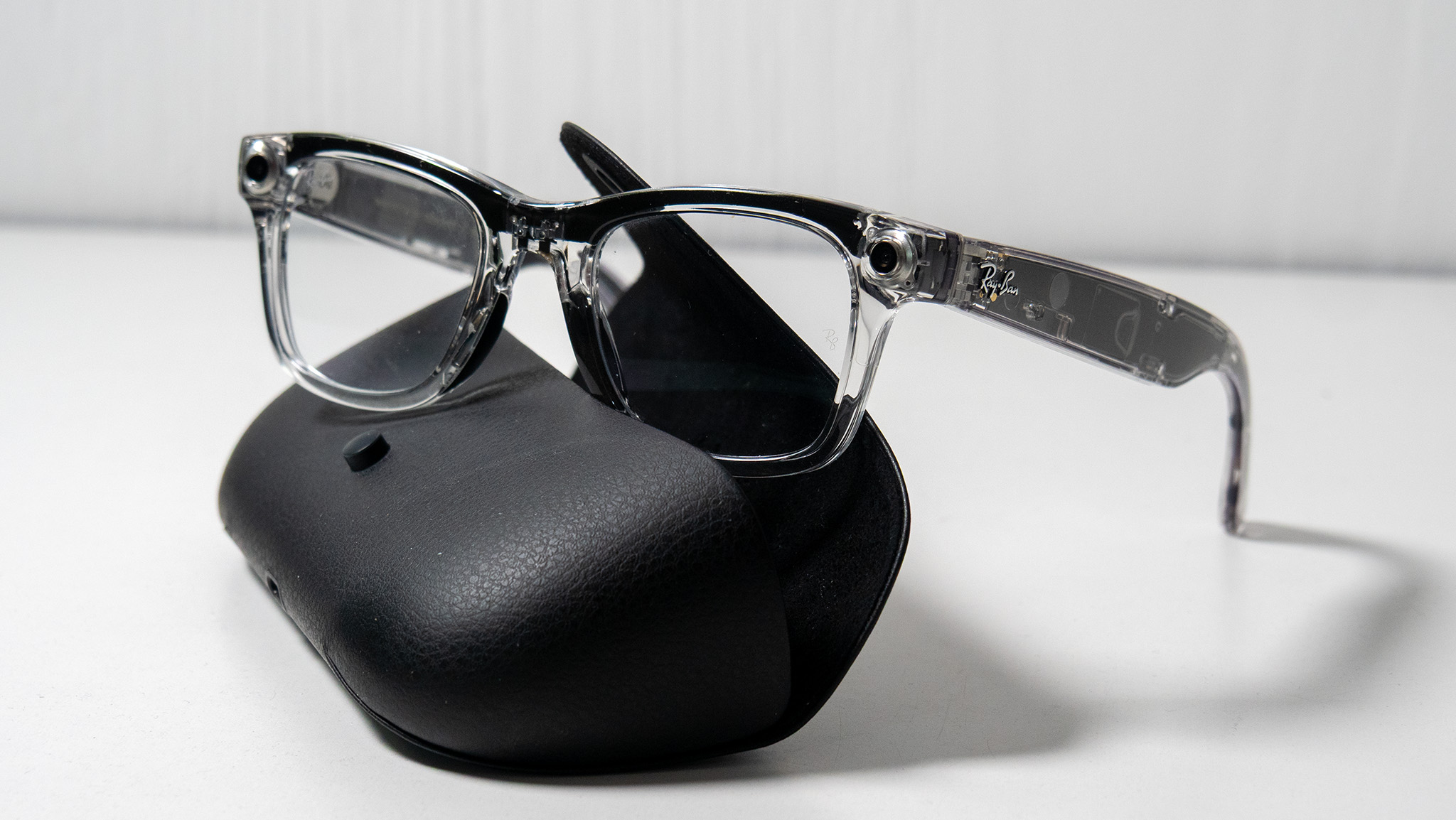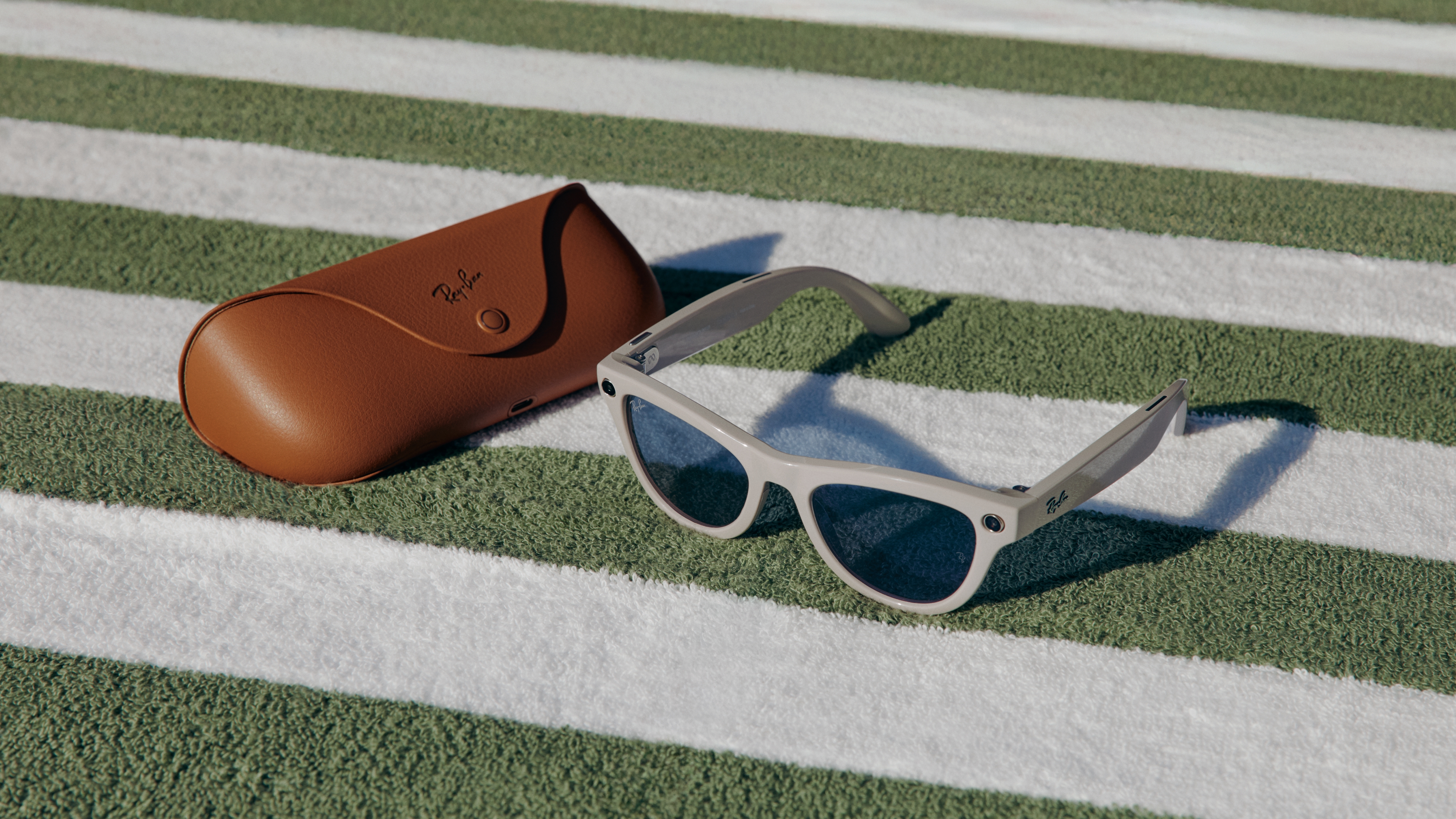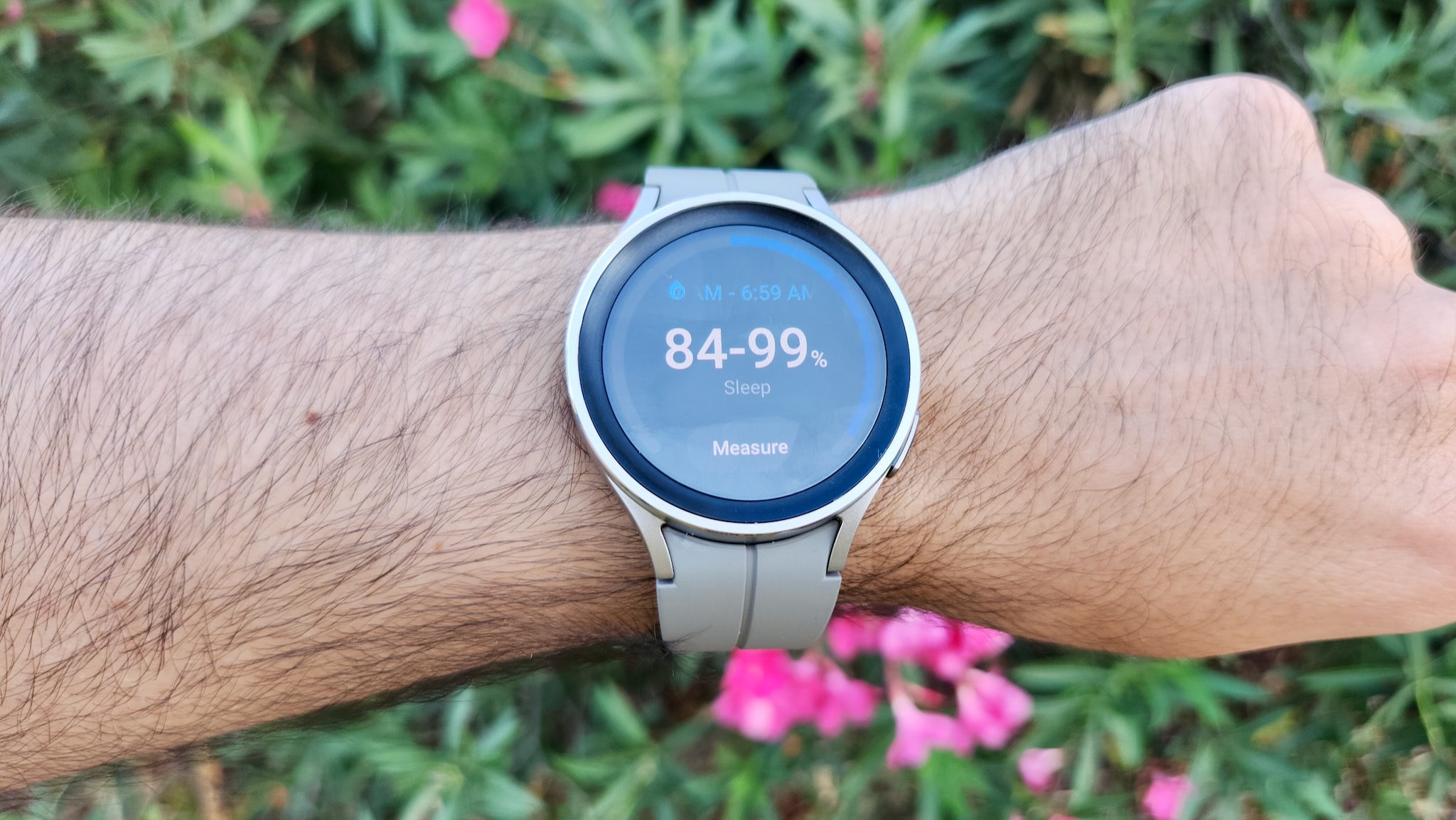I ran a half marathon with the Ray-Ban Meta glasses, here's how it went
Ultrawide photos, open-ear music streaming, and eye protection are all great for race day. But problems like weight and battery hold my Ray-Bans back.


In this weekly column, Android Central Wearables Editor Michael Hicks talks about the world of wearables, apps, and fitness tech related to running and health, in his quest to get faster and more fit.
I decided to wear my Ray-Ban Meta glasses during the San Jose Half Marathon last Sunday. I admit I fell off wearing my smart glasses in recent months as I relied more on my Shokz OpenFit 2s for open-ear streaming. But I decided better sun protection and the chance to snap a few photos mid-race would make them worth dusting off.
I ended up happy that I wore them, but the experience also reminded me why I typically only wear them in casual settings, not runs or workouts. I'm waiting to see if the 3rd-gen Meta glasses can do any better later this year, with or without the AR tech.
Snapping away
Things started off great. Despite being heavier than my regular glasses, my Wayfarer-style Ray-Ban Metas felt comfortable and covered up my eye bags for selfies after my 5am wake-up call. And at a race where everyone is snapping photos or breaking out their GoPros, I was less worried than usual about creeping people out with subtle glasses photography.








From the start line onwards, I was able to reach up and snap photos with a button tap while keeping my eyes ahead, instead of slowing down to yank my phone out of my pocket and line up the viewfinder. I rarely take photographs during races when I'm focused on staying in the zone, but I ended up taking 22 photos and one finish-line video by the end.
San Jose is the farthest thing from a scenic course for good photos, but I wanted to test how these glasses performed before bringing them to, say, Big Sur or NYC.
I also streamed my Half Marathon playlist during the race to keep me motivated, but with my ears fully uncovered to hear anyone trying to pass me and courteously avoid stumbling into them. Since most races "highly discourage" or outright ban headphones, this is a real perk.
But wearing Ray-Ban Meta smart glasses during the race had its fair share of cons, too.
Get the latest news from Android Central, your trusted companion in the world of Android
My three main issues with wearing smart glasses during a race

I tend not to wear my normal glasses during runs because I can see well enough that it's never felt worth buying a strap to avoid them sliding down my nose. With my 50g Ray-Bans, it's clear I'll need to buy and strap on this thick, dorky lanyard before I try another race with them.
They stayed in place for maybe 400m, but once my nose got sweaty, they started slipping. If I pushed them up, I immediately felt the weight bouncing and jiggling on my nose bridge before they slid down again.
I kept them in place by keeping my head tilted slightly up like some snooty nobleman in a BBC period piece, but it did take me a bit out of the zone to feel so rigid. And even if I wore the lanyard and they stayed in place, I suspect they'd still bounce uncomfortably because of the weight.
My second problem is less dire: with no viewfinder, it's easy to forget in the moment that you need to get up close and personal with your Ray-Bans to get a clear photo. I would see something cool and snap a photo, only to later have to squint and zoom in just to remember what my subject was amidst the landscape.
In this photo, for example, I saw the lead runners finishing their out-and-back the other way and thought it'd be cool to capture them. But they're barely noticeable and blurry because I took the shot from way too far back.
The resolution is great for glasses, and the ultrawide effect recreates the feeling of standing in a memory rather than composing a photo. In particular, my video of the final sprint, which I can't embed here (sorry), looked startlingly smooth compared to how it felt in the moment.
The point being, I'm still glad I wore them. I can jog my memory of the course without having to pay $50 for photos of me panting past camerapeople. Next time, I'll know that I need to position myself right next to the subject first, or else the photo won't turn out well.

The real deal-breaker, though, is battery life. I took my Ray-Bans out of the case about 15 minutes before the start and didn't use them until then. At that point, I streamed music and took 22 photos and one video throughout my 1 hour 54-minute race, plus one accidental Meta AI trigger. As I cooled down, I checked my battery life: 8%.
Meta estimates its glasses will last four hours with "moderate" use and the right conditions, including "100 videos or up to 500 photos per full charge."
Smart glasses struggle with battery life in cold weather, but I wouldn't call mid-60ºF cold. Streaming music was part of the problem, so maybe I could wear my Ray-Bans and earbuds for another race and use the glasses solely for photography. I also forgot to disable the "Hey Meta" wake word, which can cause a decent amount of idle drain.
The biggest issue, though, is simply that my glasses are nearly two years old, and the capacity is fading. And since it's "not possible to replace the battery inside your glasses" because it's soldered in, I'd have to spend $329 on another pair to get better longevity.
So if I ever wear these for a marathon, I have to accept that I'll only capture content for the first part of the race (unless I go from an average to Olympic-level runner).
The next Ray-Ban Meta glasses need SOME kind of battery revamp

We don't like it when our phone or watch needs more charging after a few years, but we expect it. With new wearables like smart glasses and smart rings, though, they're already working off such limited capacity from small form factors that the degradation feels much more obvious and immediate. And unlike your phone, smart glasses and rings can't be disassembled to add a new battery, not without breaking them.
Power users will continue to shell out $300 every couple of years for new glasses, but for the rest of the 2 million Meta glasses buyers, they might hold off on buying the next version if the battery fades just as quickly, especially since Meta AI is the big selling point of the commercials and the worst source of power drain.
Having tested out running AR glasses recently, I'm curious about the rumored Meta "Hypernova" glasses with a holographic display. Then I could see live stats like heart rate and pace without having to look down at my watch. But I wouldn't call this feature "essential" for race day.

On a more fundamental level, I need the next generation of Ray-Bans to solve or mitigate the battery problem before I make them a regular race companion.
Ideally, it'd have a repairable design to allow for easily replaceable batteries. If that's not possible, then Meta could use a denser solid-state battery that lasts so long out of the box that it remains decent even after a couple of years of fading capacity.
If it started at eight hours with moderate use, then I could stomach my Ray-Bans fading to four hours after a couple of years.
It'd also be nice if Meta copied Android and iOS with a Battery graph that shows which function — music, photos, or AI queries — burns through the most capacity, so you know what you can safely use or should avoid. Or there could be a battery saver mode that disables functions you won't need.

Michael is Android Central's resident expert on wearables and fitness. Before joining Android Central, he freelanced for years at Techradar, Wareable, Windows Central, and Digital Trends. Channeling his love of running, he established himself as an expert on fitness watches, testing and reviewing models from Garmin, Fitbit, Samsung, Apple, COROS, Polar, Amazfit, Suunto, and more.
You must confirm your public display name before commenting
Please logout and then login again, you will then be prompted to enter your display name.

